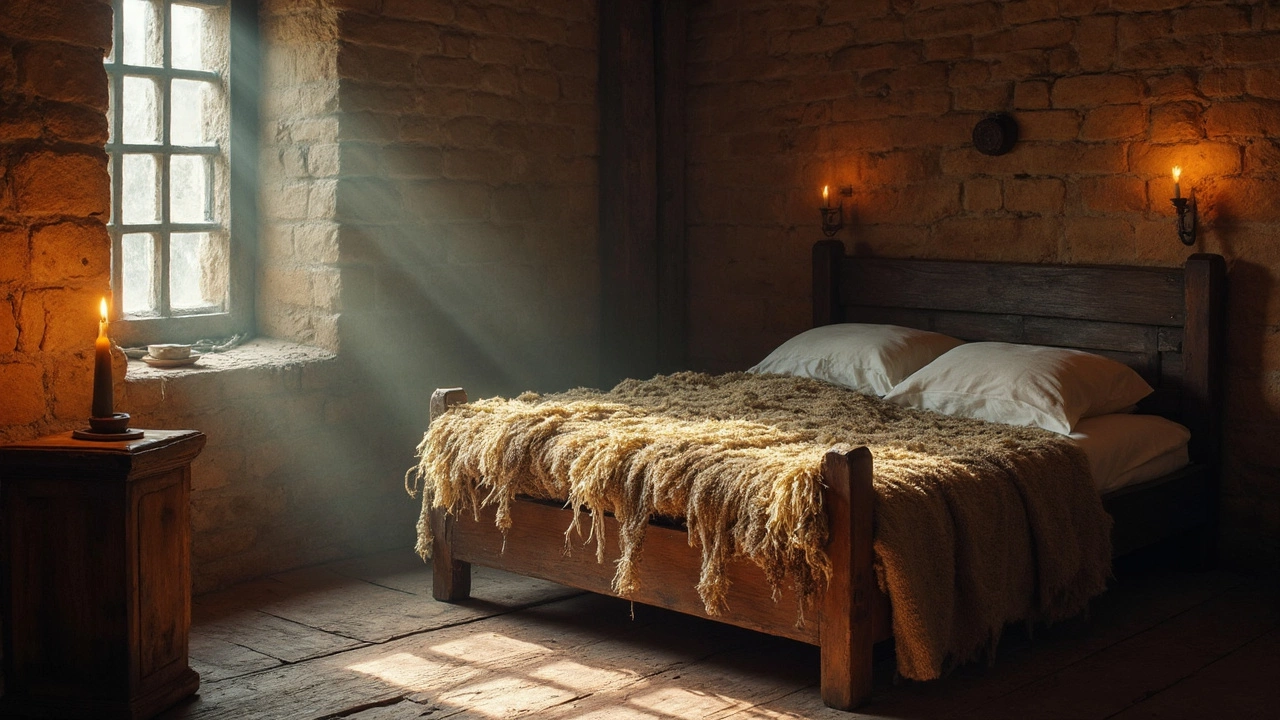Bedding History: From Straw Mats to Sustainable Sheets
Ever wonder why your sheets feel so soft compared to those used centuries ago? The answer lies in a long, messy evolution that started with simple straw and animal hides. Over time, people discovered better fibers, new weaving tricks, and finally, the eco‑friendly fabrics we love today. Let’s walk through the biggest turns in bedding history.
Early Beginnings: Natural Materials
In ancient times, the only thing between you and the floor was a pile of reeds, grasses, or animal pelts. Egyptians padded their beds with linen made from flax, while Romans added wool blankets for extra warmth. Those early fabrics were rough, but they did the job: keeping you off the cold ground and offering a little luxury for the wealthy.
China took a different route. By the Han dynasty, silk threads were woven into thin sheets that only the elite could afford. Silk was smooth, breathable, and stayed cool in summer. It set a high bar for comfort, but the cost kept it out of reach for most households.
Industrial Age to Modern Eco‑Friendly Bedding
The 19th century changed everything. Cotton factories in the US and India mass‑produced yarn, making soft, affordable sheets a reality for the growing middle class. At the same time, new dyes allowed bright colors, turning beds into a style statement, not just a sleeping spot.
When synthetic fibers arrived in the mid‑20th century, nylon and polyester gave manufacturers cheap, wrinkle‑free options. For a while, people loved the low price, but the fabrics weren’t as breathable, and many started to miss the natural feel of cotton or linen.
Today’s bedding scene is a mix of old‑school comfort and high‑tech sustainability. Organic cotton, bamboo, and Tencel are popular because they grow with less water and chemicals. They also feel great on skin and stay cool, which is perfect for a good night’s sleep.
Design trends have also looped back to heritage looks. Linen blends, hand‑loomed textures, and neutral tones echo the aesthetic of historic homes while meeting modern standards for durability and care.
So, why does this history matter for you? Knowing where your sheets come from helps you pick options that fit your budget, comfort preferences, and eco‑values. If you love the softness of cotton but care about water usage, go for certified organic. If you want a cool feel in summer, bamboo or linen are solid picks.
Bottom line: Bedding has gone from straw piles to high‑performance textiles thanks to centuries of trial, error, and innovation. The next time you slip into fresh sheets, you’re actually enjoying a piece of that long story—one that keeps getting better as we learn more about comfort and the planet.
-

Old Meaning of Bedding: Insights and Origins
Ever wonder what bedding used to mean? Traditionally, it wasn't just about comfort; bedding once referred to the entire sleeping setup, including pallets, straw, and more. This term has surprisingly deep roots, tracing back to times when beds were more functional than stylish. This article delves into the layers of bedding history, offering fascinating insights and practical tips related to historical bedding practices.
